How much memory can I install in my QNAP TS-469? No, it's not limited to just 3 GB! What is DOM or Flash Memory? What's inside my QNAP NAS? How reliable does MemTest86 show all possible problems? How much memory and what kind of RAM can be installed on the Lenovo Yoga 500 and Lenovo B590? Answers in this article.
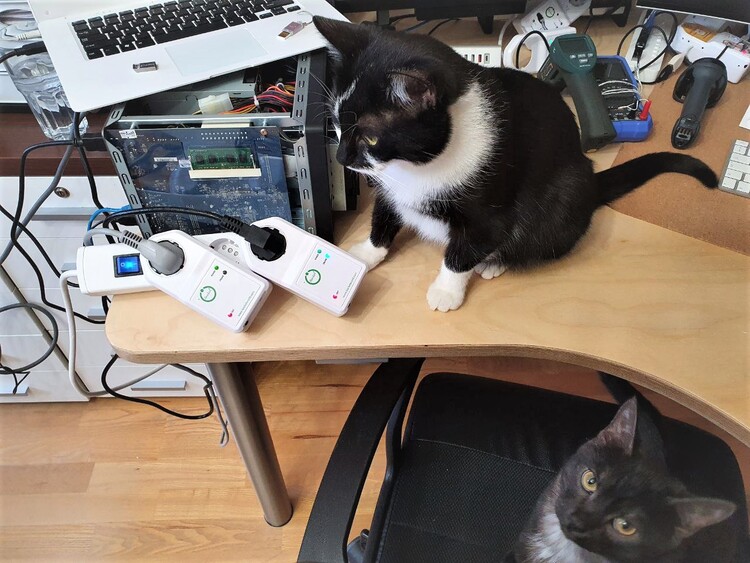
You will get answers to the following questions:
- How do I access the BIOS (UEFI) settings on my QNAP and what are the settings there?
- What it inside my QNAP?
- What is DOM (flash memory)?
- Will the NAS work without DOM?
- Can I install more than 3 GB of RAM on QNAP TS-469L (Pro)?
- How reliable is MemTest86 (Memtest86+) and does it accurately show all errors?
- How much and what kind of memory can you install in your Lenovo Yoga 500 and old Lenovo B590?
- How much power does your QNAP NAS use?
BIOS (UEFI)
About a сhaos in BIOS/UEFI terminology that manufacturers created you can read this very detailed long post by Adam Williamson. I will use BIOS/UEFI depending on the context so that it can be understood by people who used to hear the wrong terminology. :)
On a QNAP TS-469L or TS-469 Pro, you can access the BIOS by holding F2 at boot, however you can only see it with VGA monitoring, not HDMI. I use a portable HDMI display on my NAS and don't have VGA monitors. I found a one and took some screenshots (actually photos) of all the main settings, which you can find in the following accordion.
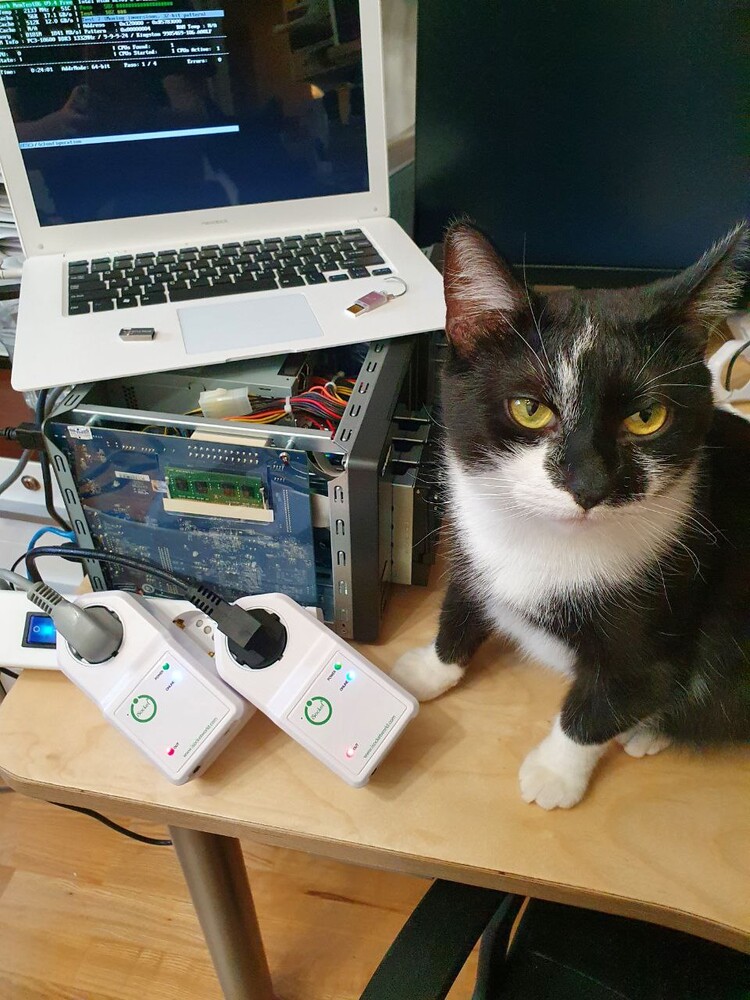
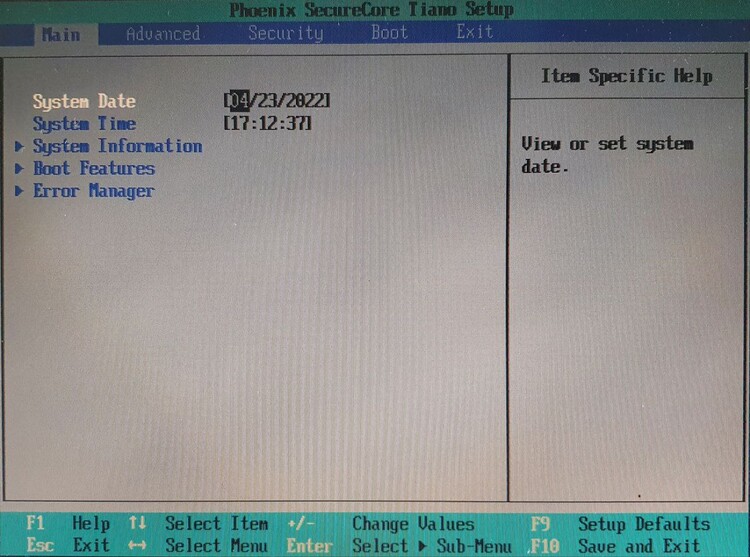

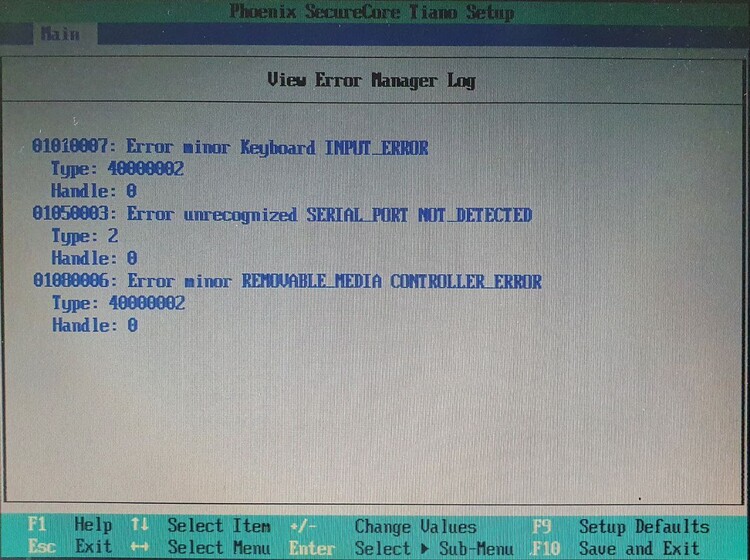
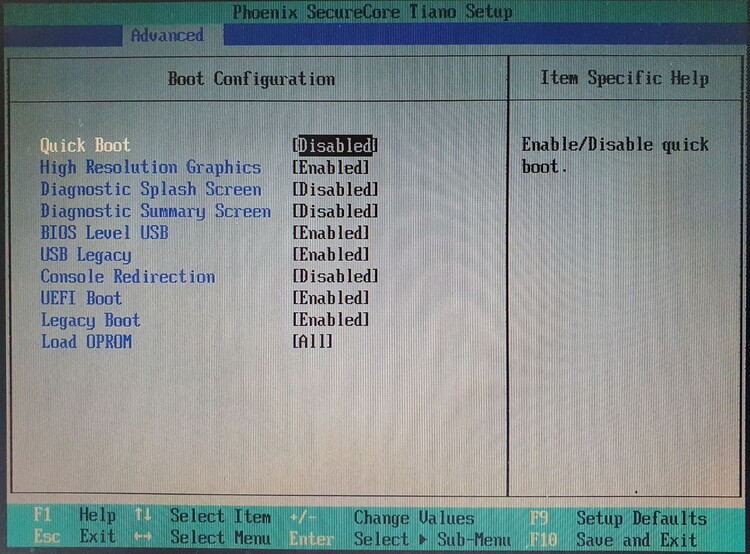
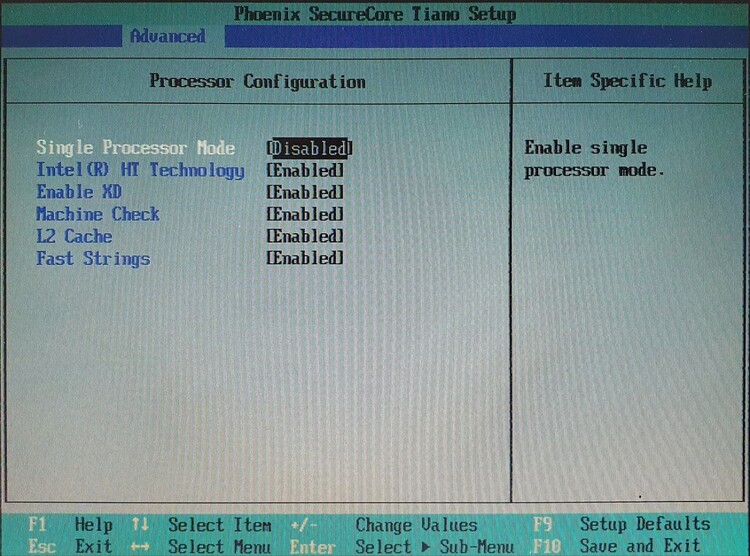

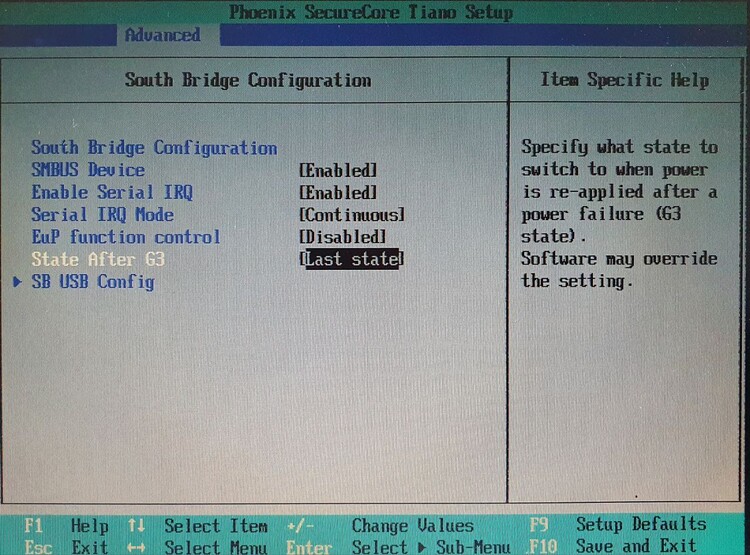

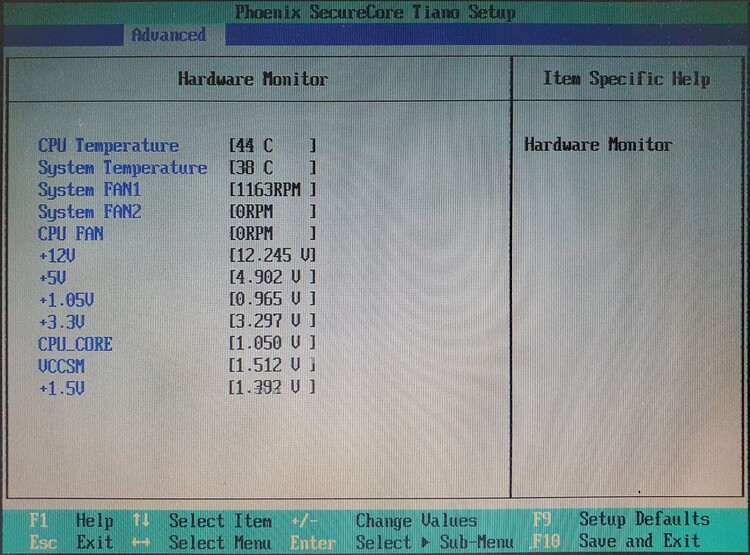
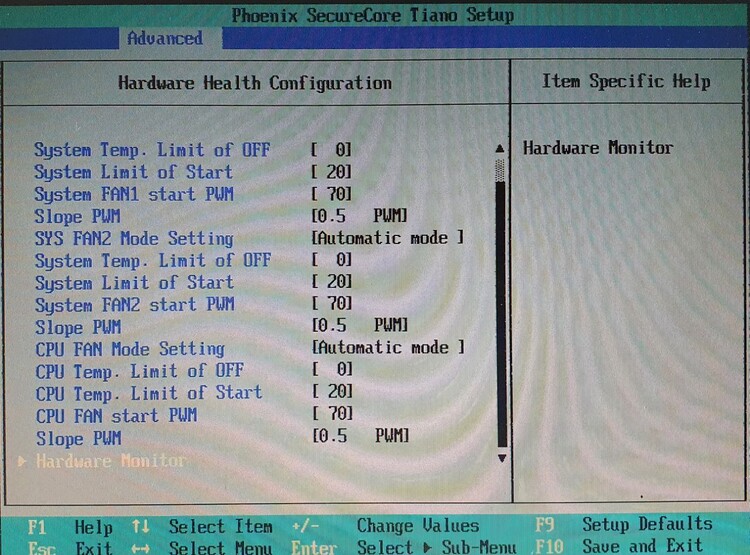
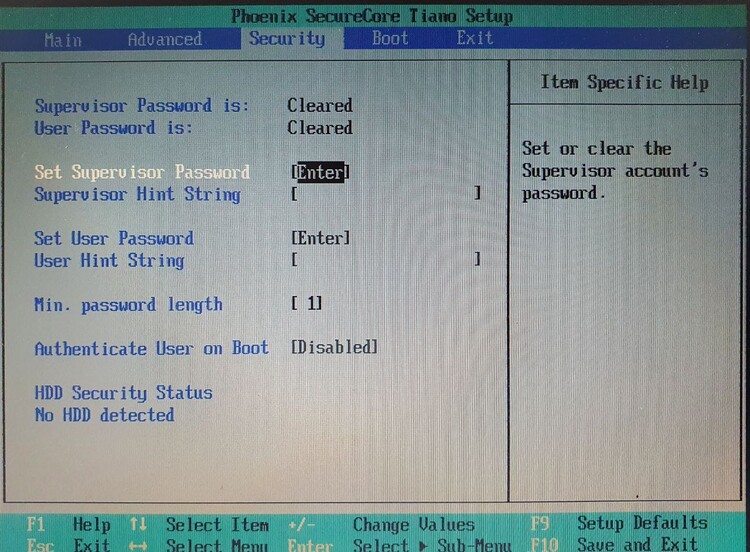

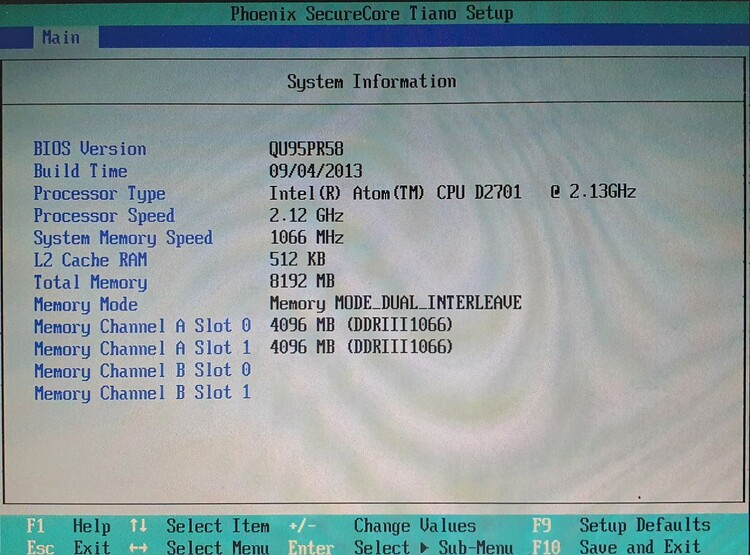
What is inside?
Both of my boxes had 3 GB RAM and I don't remember if I installed them in the past or bought them from a supplier that way.
QNAP TS-469L NAS with open case:
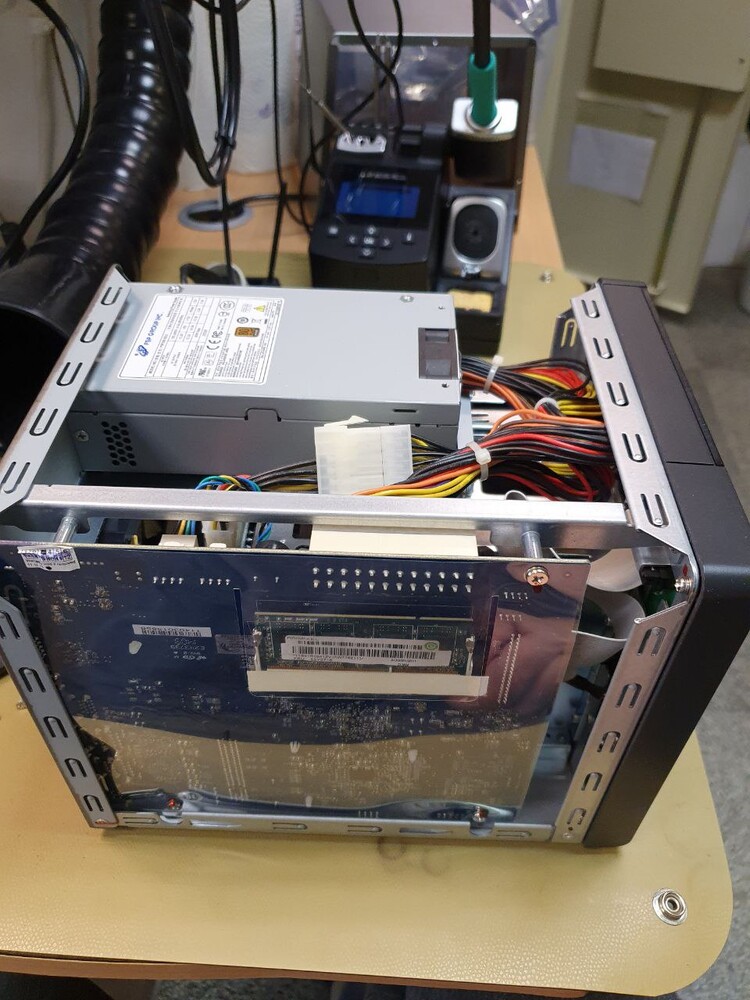
It has two DDR3 SO-DIMM module slots on both sides of the motherboard.
2GB DDR3-1333 PC3-10600 RAMAXEL SO-DIMM module on the outside of the motherboard:
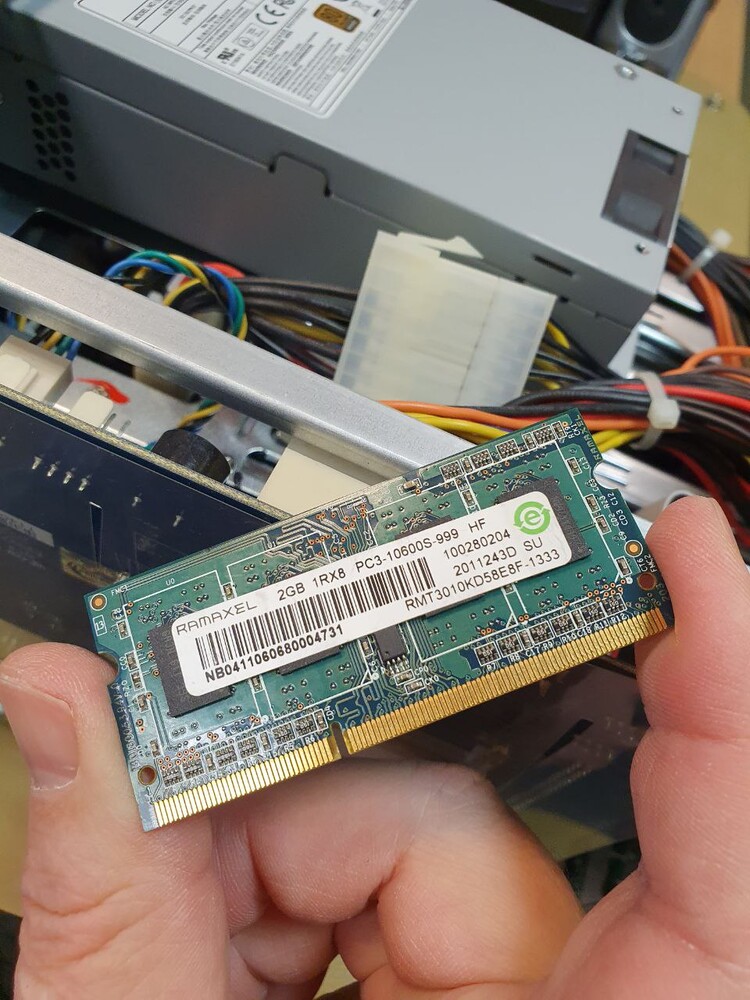
1GB DDR3-1333 ADATA SO-DIMM module on the inner side of the motherboard:
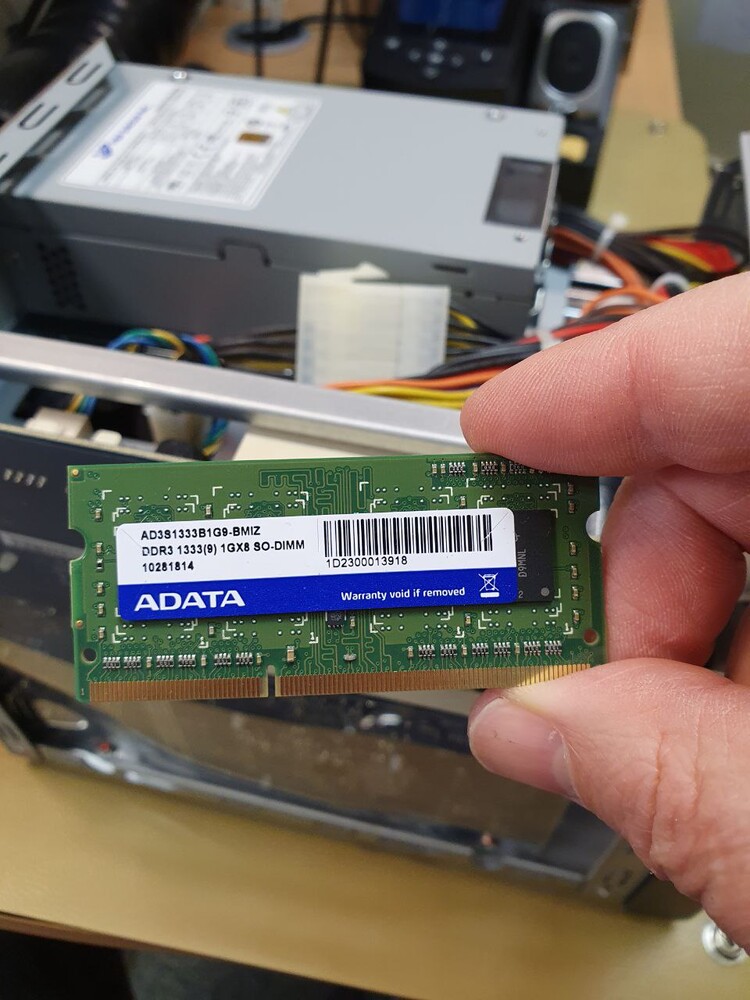
QNAP TS-469L power supply:
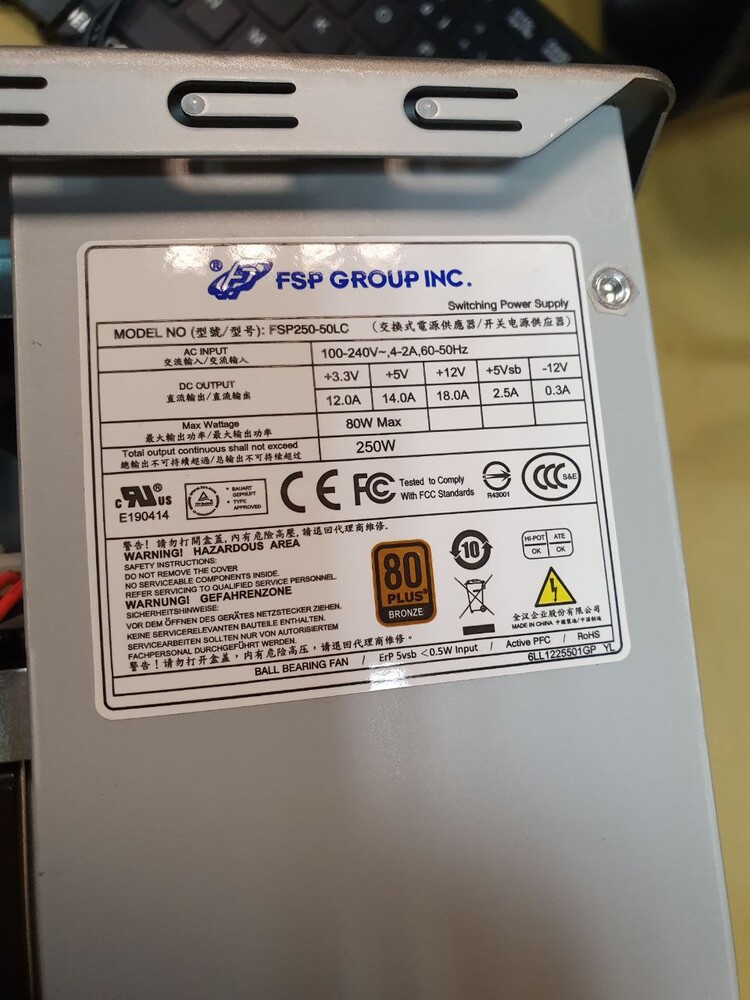
What exactly is DOM (Flash Memory)?
What they call Flash Memory or 512MB DOM installed here:
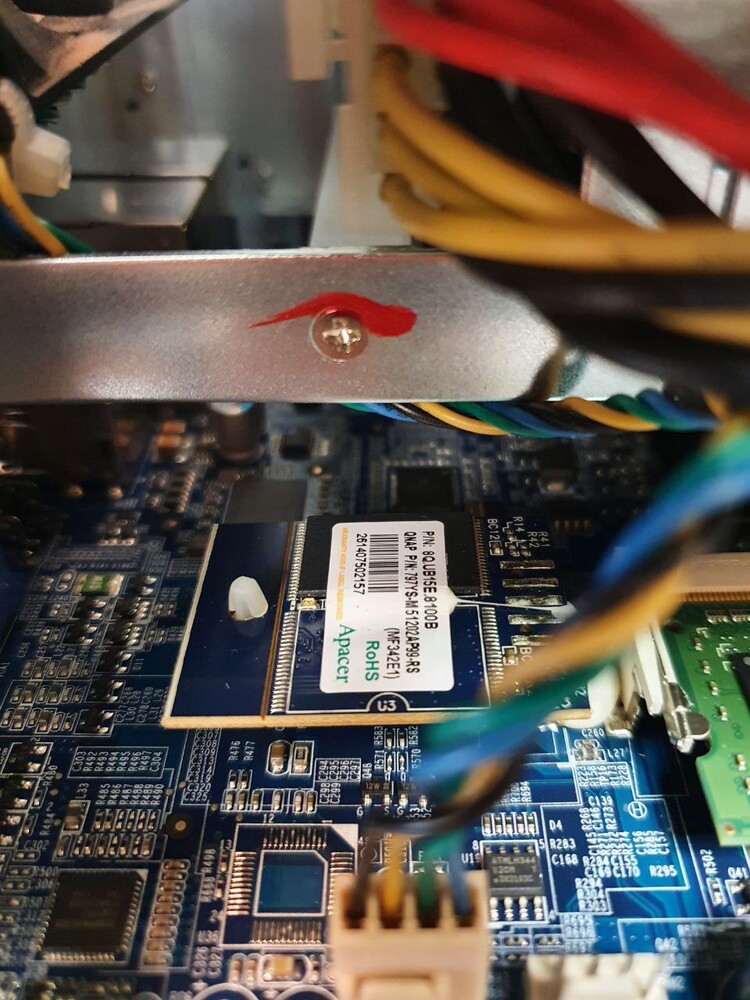
This flash memory has a part number 8Q.UB15E.8100B, QNAP P/N: 797YS-M51202AP99-RS (MF342E1). In my understanding, U3 is a place for another 512 MB chip. I had an idea to find this IC and solder it, but I gave up on that idea - who needs 1Gb flash if I can use a decent external stick. See my article on choosing the right flash drive to run FreeBSD on this NAS. For this reason, I did not check which chip is installed there.
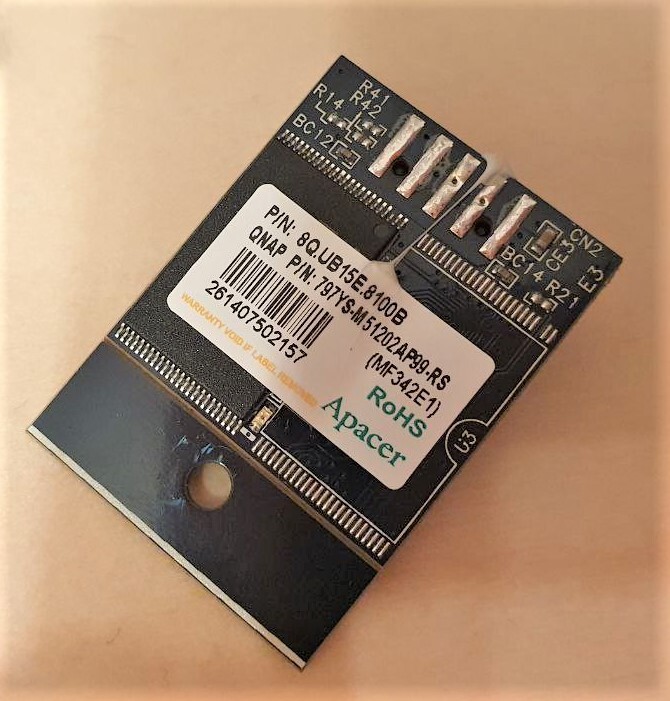
NOTE. You may link to this post in the forums or from your own websites, but you may not copy the text or photos - this would be a copyright infringement. Sorry, I don't have time to participate in long discussions on the forums, but you can ask short questions on Twitter if Musk allows. ;) April 2022…
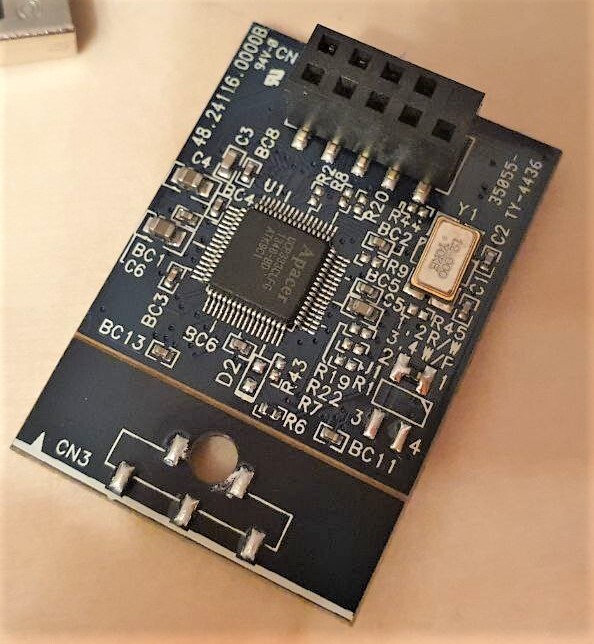
My next goal was to understand what exactly is this DOM (flash memory) for? We know that QNAP has its own operating system, and I never knew that it runs on this particular flash memory, and not on the hard drives in the bays. I had no idea they had a BIOS or UEFI and I thought the UEFI was probably in that DOM unless I accessed their UEFI (BIOS) with a VGA monitor. So I tested it like this. I turned on this NAS without hard drives and it booted with its own QNAP system from this DOM. I also decided to boot from a FreeBSD bootable stick to see how this DOM would be recognized. You can read about how to prepare such a boot disk in this article. Look at it:
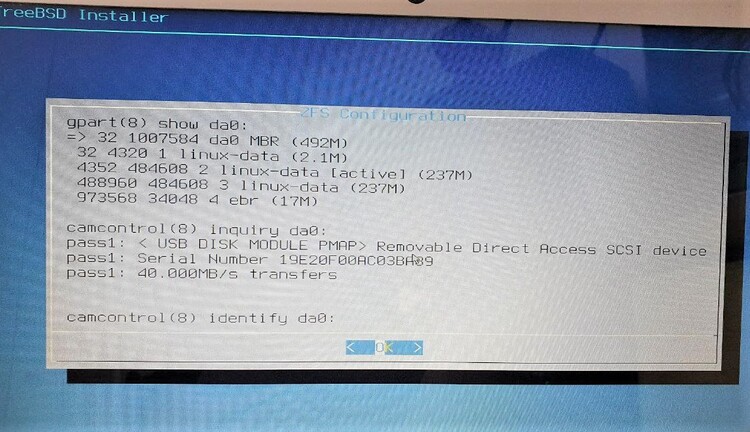
So it sees it as a da0 USB DISK MODULE PMAP with MBR, and we obviously see a proprietary QNAP Linux system on it. It's just a flash drive and nothing prevents you from using this NAS without this DOM if you install your own system because UEFI is not on this DOM but on a chip on the motherboard and it will boot your own FreeBSD flash drive. I'm pretty sure you can install FreeBSD into that DOM, but I won't. Only 512 MB. I left it there.
What their DOM looks like from inside FreeBSD:
# gpart list da0
Geom name: da0
modified: false
state: OK
fwheads: 64
fwsectors: 32
last: 1007615
first: 32
entries: 4
scheme: MBR
Providers:
1. Name: da0s1
Mediasize: 2211840 (2.1M)
Sectorsize: 512
Stripesize: 0
Stripeoffset: 16384
Mode: r0w0e0
efimedia: HD(1,MBR,0xb66e61e9,0x20,0x10e0)
rawtype: 131
length: 2211840
offset: 16384
type: linux-data
index: 1
end: 4351
start: 32
2. Name: da0s2
Mediasize: 248119296 (237M)
Sectorsize: 512
Stripesize: 0
Stripeoffset: 2228224
Mode: r0w0e0
efimedia: HD(2,MBR,0xb66e61e9,0x1100,0x76500)
attrib: active
rawtype: 131
length: 248119296
offset: 2228224
type: linux-data
index: 2
end: 488959
start: 4352
3. Name: da0s3
Mediasize: 248119296 (237M)
Sectorsize: 512
Stripesize: 0
Stripeoffset: 250347520
Mode: r0w0e0
efimedia: HD(3,MBR,0xb66e61e9,0x77600,0x76500)
rawtype: 131
length: 248119296
offset: 250347520
type: linux-data
index: 3
end: 973567
start: 488960
4. Name: da0s4
Mediasize: 17432576 (17M)
Sectorsize: 512
Stripesize: 0
Stripeoffset: 498466816
Mode: r0w0e0
efimedia: HD(4,MBR,0xb66e61e9,0xedb00,0x8500)
rawtype: 5
length: 17432576
offset: 498466816
type: ebr
index: 4
end: 1007615
start: 973568
Consumers:
1. Name: da0
Mediasize: 515899392 (492M)
Sectorsize: 512
Mode: r0w0e0
# gpart show da0
=> 32 1007584 da0 MBR (492M)
32 4320 1 linux-data (2.1M)
4352 484608 2 linux-data [active] (237M)
488960 484608 3 linux-data (237M)
973568 34048 4 ebr (17M)
# mount -t ext2fs /dev/da0s2 /mnt
# du -d3 -h /mnt
12K /mnt/lost+found
179M /mnt/boot
179M /mnt
# ls -l -h /mnt/boot/
total 182973
-rw-r--r-- 1 root wheel 4.6M Jul 13 2021 bzImage
-rw-r--r-- 1 root wheel 76B Jul 13 2021 bzImage.cksum
-rw-r--r-- 1 root wheel 11M Jul 13 2021 initrd.boot
-rw-r--r-- 1 root wheel 82B Jul 13 2021 initrd.boot.cksum
-rw-r--r-- 1 root wheel 102M Jul 13 2021 qpkg.tar
-rw-r--r-- 1 root wheel 80B Jul 13 2021 qpkg.tar.cksum
-rw-r--r-- 1 root wheel 49M Jul 13 2021 rootfs2.bz
-rw-r--r-- 1 root wheel 81B Jul 13 2021 rootfs2.bz.cksum
-rw-r--r-- 1 root wheel 12M Jul 13 2021 rootfs_ext.tgz
-rw-r--r-- 1 root wheel 85B Jul 13 2021 rootfs_ext.tgz.cksum
# umount /mnt
# mount -t ext2fs /dev/da0s3 /mnt
//The same stuff there 
Once QNAP Linux has booted you can access it via SSH with the user/password admin/admin:
[~] # uname -a
Linux NASE0C3B6 3.4.6 #1 SMP Fri Aug 21 05:49:39 CST 2020 x86_64 GNU/Linux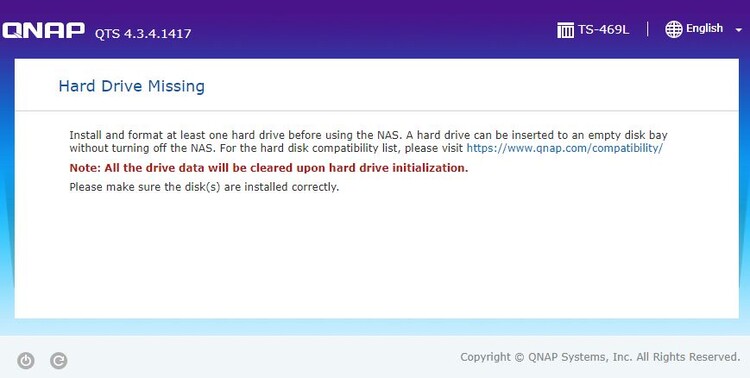



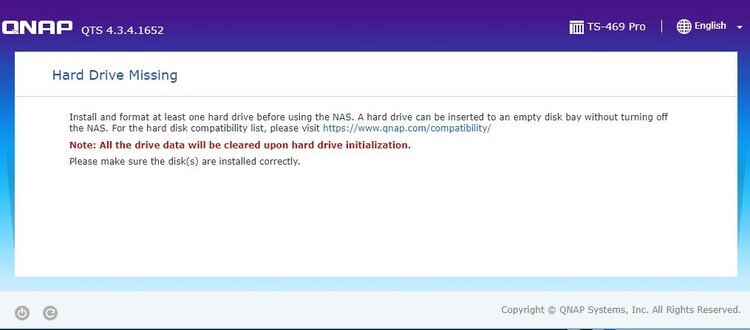
Are you a manufacturer and would like me to review your product? If I find it interesting and useful for personal use I can review it for free. Contact me on Twitter.
I will open the second unit. Oh... it's time to vacuum:
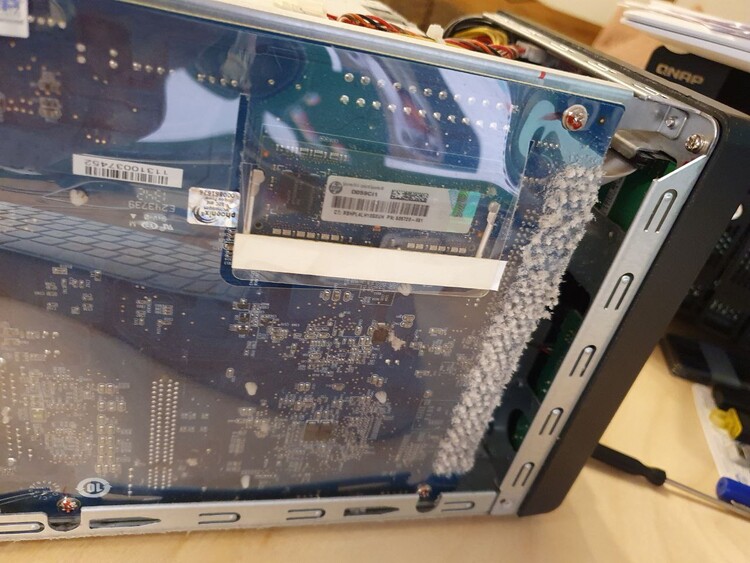
It also has a 2GB + 1GB combo, DDR3-1333.
Memory can never be too much - 6GB or 8GB RAM on your QNAP TS-469 (Pro) easily
My goal with all these updates was to run my own FreeBSD on ZFS with native OpenZFS encryption from a UEFI USB stick and I wanted at least 6GB or better 8GB. The QNAP TS-469 spec states that it is equipped with Intel® Atom™ 2.13GHz Dual-core Processor and 1GB DRAM (Expandable RAM, up to 3GB). They say: “The system memory can be increased to 3GB by installing an additional 1GB/2GB SO-DIMM RAM module.” In the BIOS screenshots above, we saw that it has Atom D2701. FreeBSD when running on this NAS also reports this:
# dmesg | grep "CPU:"
CPU: Intel(R) Atom(TM) CPU D2701 @ 2.13GHz (2133.38-MHz K8-class CPU)The Intel Atom spec (I can't find the D2701 spec for some reason, only the D2700) says 4GB DDR3 800/1066. I want at least 6GB or maybe 8GB to run FreeBSD 13 with OpenZFS native encryption on this NAS.
For reference:
- DDR3-800 (PC3-6400)
- DDR3-1066 (PC3-8500)
- DDR3-1333 (PC3-10600)
- DDR3-1600 (PC3-12800)
- DDR3-1866 (PC3-14900)
- DDR3-2133 (PC3-17000)
Let's finally find out if we are really limited to 3GB (QNAP spec) or 4GB (Intel spec). I had several 2GB, 4GB DDR3 SO-DIMMs with different data rates and experimented.
With this module, neither of the two QNAPs has ever been booted in combination with other modules or on its own:
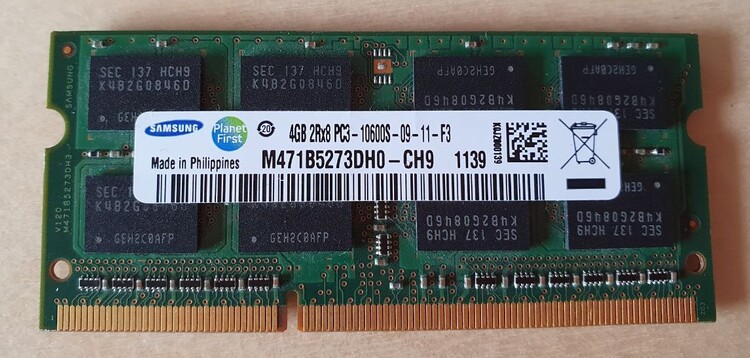
It's not a difference in RAM speed or RAM corruption, but some specificity for this NAS, because it works fine in combination or alone on Lenovo laptop. I didn't go deep into this issue. My final combination for TS-469 Pro is as follows.
Hynix 2GB 1Rx8 PC3-10600S-9-10-B1 HMT325S6BFR8C-H9 NO AA outside:
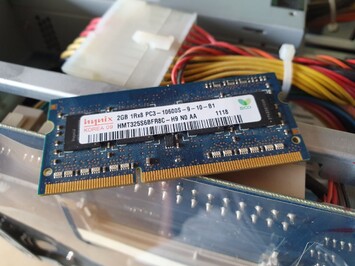
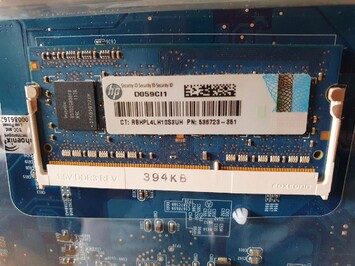
Hynix 4GB 1Rx8 PC3L-12800S-11-13-B4 HMT451S6BFR8A-PB NO AA inside:
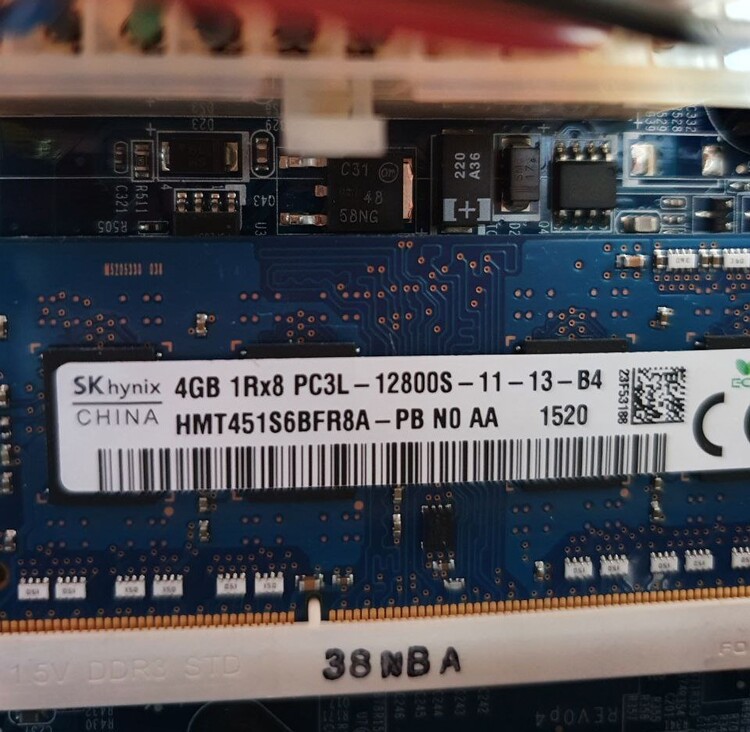
The module is borrowed from Lenovo Yoga 500-14IBD 80N4 MTM:80N400CDMT
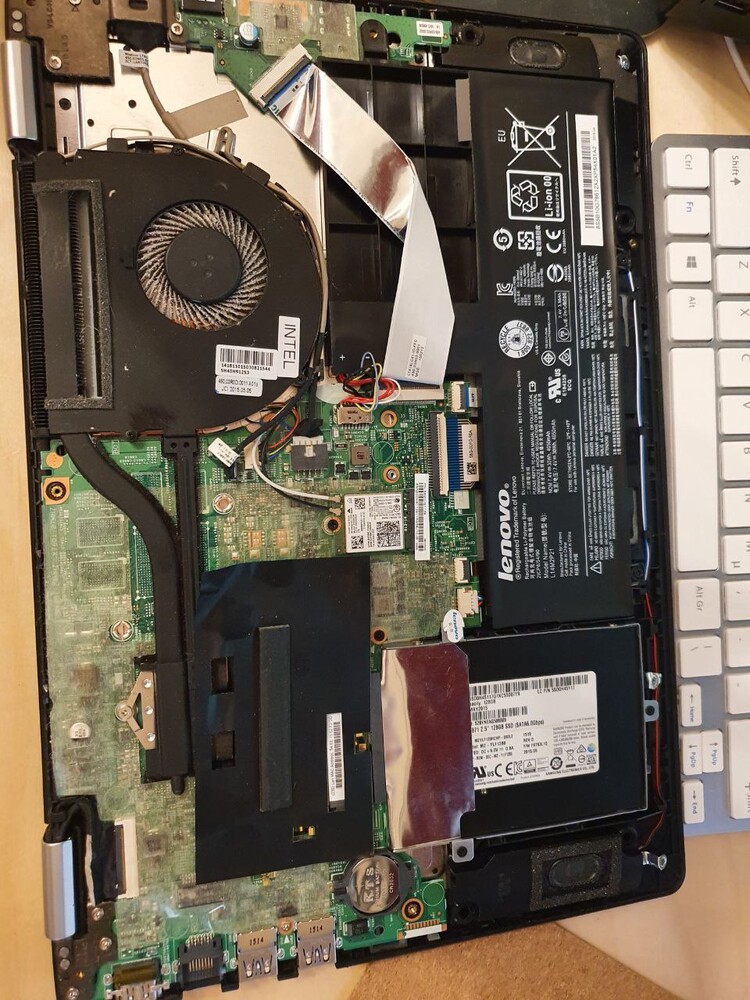
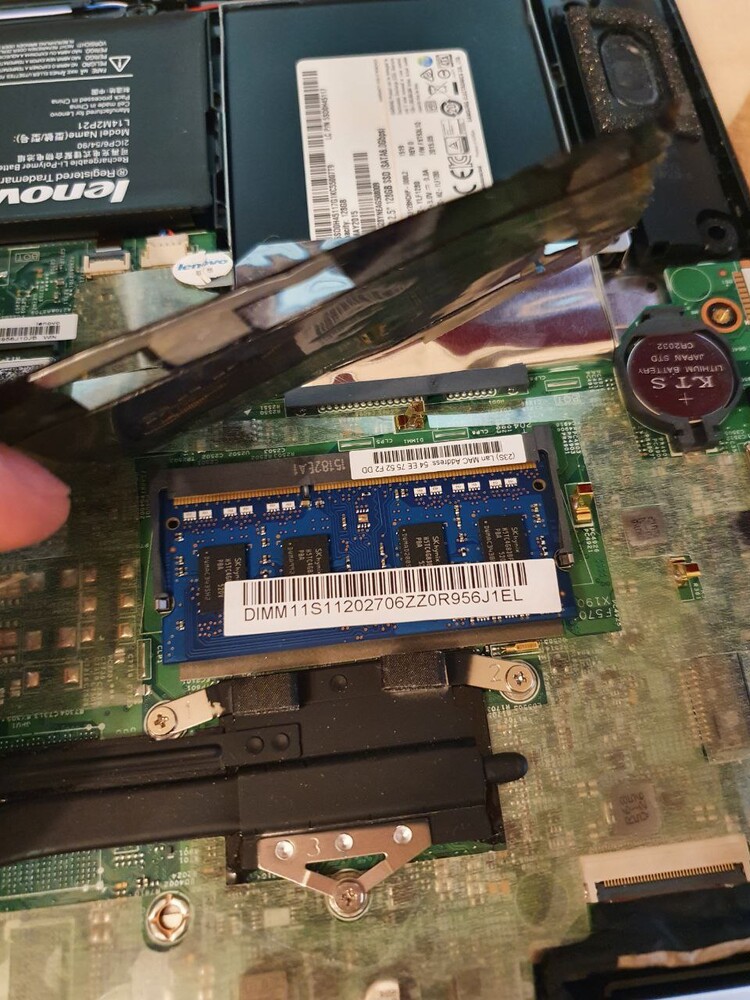
Rumor has it that you can only use certain modules. Not true! I installed the 8GB module with a higher speed and all is well.
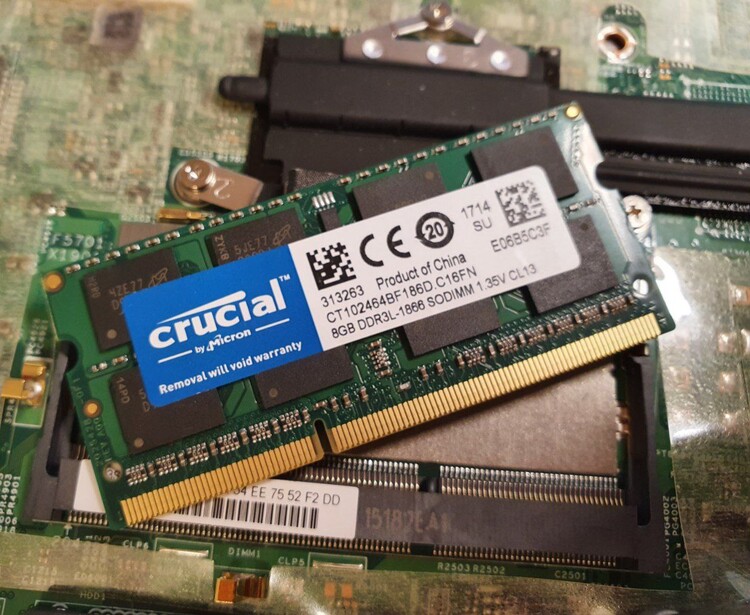
I performed a memtester from a FreeBSD flash drive on this box, and since I've never had problems using FreeBSD from a flash drive on this unit, I didn't test it with MemTest86.
# pkg install memtester
# memtester 6GB
......
got 4635MB (4860866560 bytes), trying mlock ...locked.
Loop 1:
Stuck Address : ok
Random Value : ok
Compare XOR : ok
Compare SUB : ok
Compare MUL : ok
Compare DIV : ok
Compare OR : ok
Compare AND : ok
Sequential Increment: ok
Solid Bits : ok
Block Sequential : ok
Checkerboard : ok
Bit Spread : ok
Bit Flip : ok
Walking Ones : ok
Walking Zeroes : ok
8-bit Writes : ok
16-bit Writes : ok
// There were 5 more loops, but I removed them from hereHere is an example of how FreeBSD sees 6GB of RAM:

And the problems begin...
For my second unit (TS-469L) I installed Kingston KTL-TP3BS/4G (DDR3-1333) along with other modules or alone and then the problems started. FreeBSD on a flash drive constantly rebooted, I saw a "bus error", core dump on zfs-load-key or other commands, sometimes the memtester did not start - the unit immediately went into reboot, everything was bad. At first I thought there was something wrong with my idea of having FreeBSD on a USB drive with native OpenZFS encryption. Or perhaps the idea of having 8GB on this machine is really against the spec. However, the fact that I have no issues with my first NAS made me question that conclusion. Therefore, I assumed that this Kingston RAM was causing all problems, and therefore carried out thorough tests. I have tried this module from both sides of the motherboard, alone and together with other modules. I found that the problem is in this module. But what exactly is the problem?
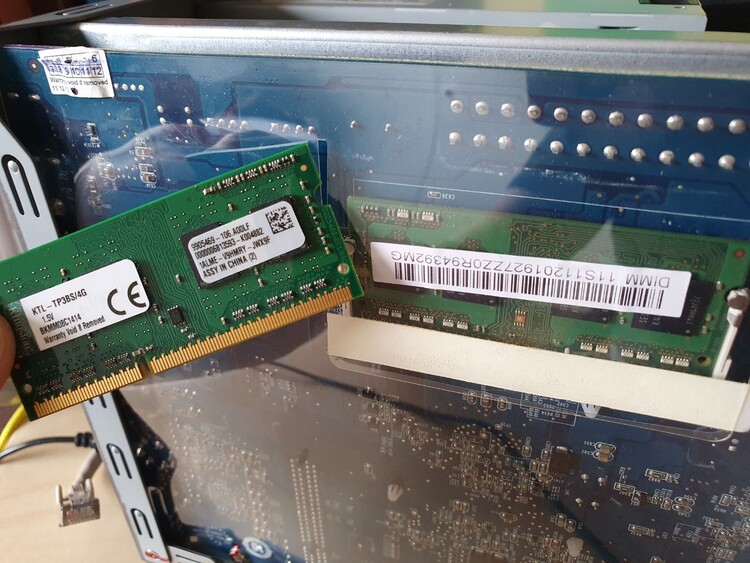
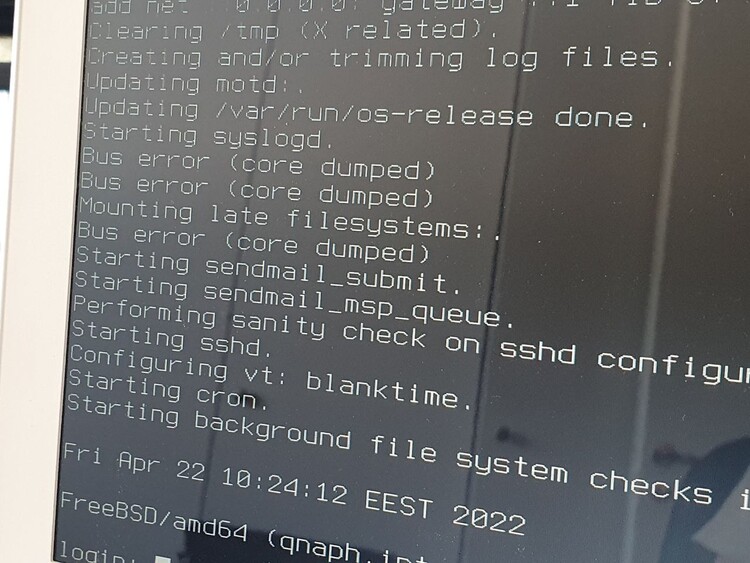
I will also list other booting issues that you need to be aware of
There are problems when trying to boot FreeBSD from the USB 3.0 port (blue port) of QNAP, so be aware:
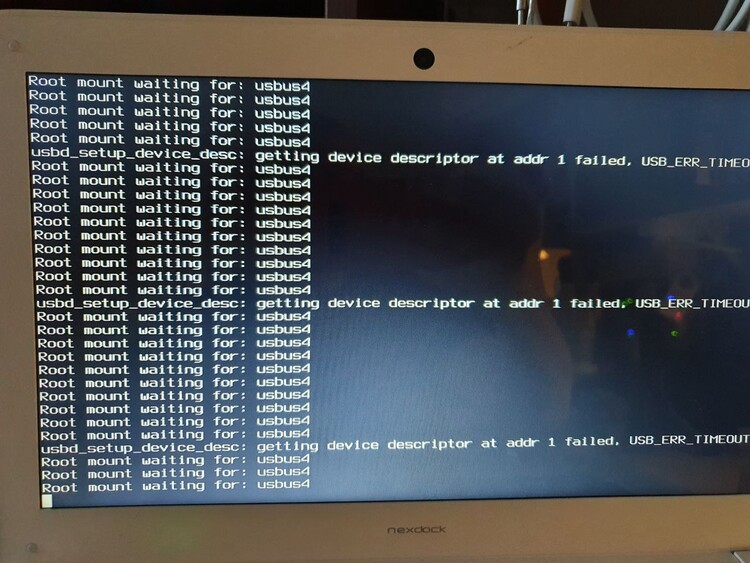
I post useful information on my blog and share my experience for free. I don't post links to Amazon or anything like that. If my articles educated you, or maybe even helped you earn or save money or find a job, you can buy me a coffee.
How reliable is MemTest86 and does it accurately show all errors?
There is no doubt that the problem with this Kingston module, because any combination with this module gives instability and everything is fine without it. Fortunately, I have two units so I can experiment. And it was at this point that I decided not to test the memory, but actually the most famous memory testing software, to see how reliably it reports problems, so I run MemTest86 from a flash drive. And passed:
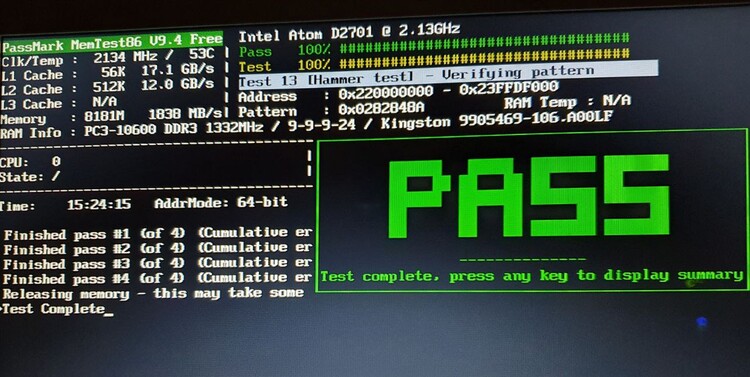
How then can I be sure that the problem is in the memory? Here's the trick. I installed this Kingston module on my old Lenovo B590 laptop and ran MemTest86 on it. And look what we have:
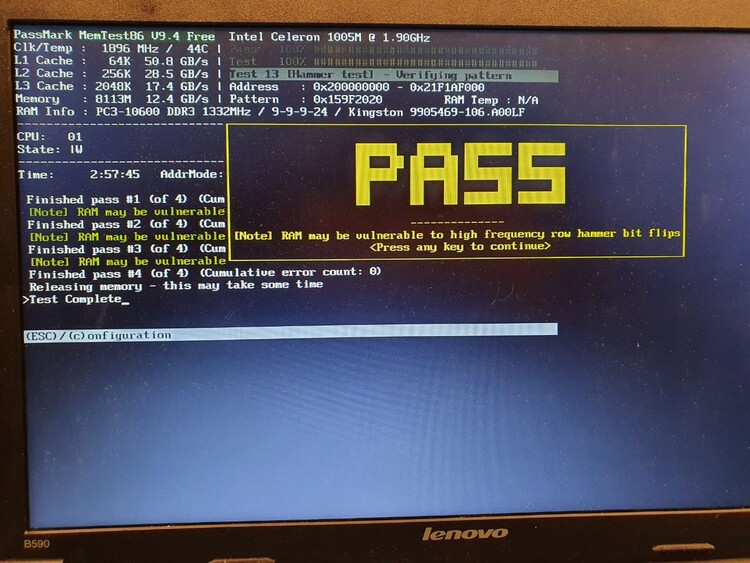
So... conditional pass with the message “ram may be vulnerable to high frequency row hammer bit flips”. See what PassMark tells about this. So it's not considered a big problem. Well... actually the problem is serious for FreeBSD on QNAP NAS, although the test is considered to be a complete success, but it is not a problem for the Lenovo B590 laptop with Windows 10, where the test is conditionally passed.
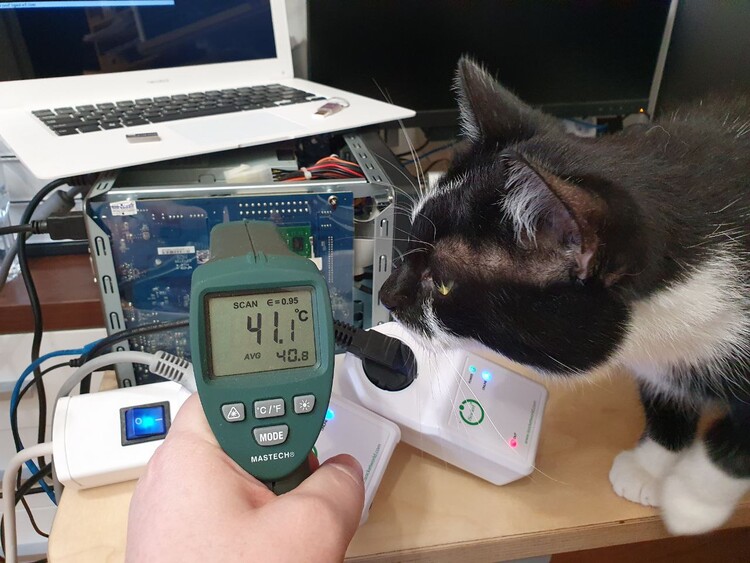
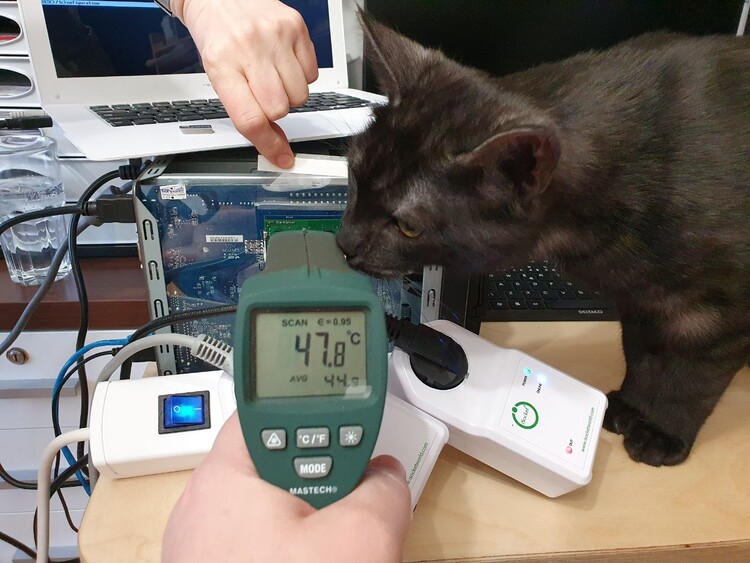
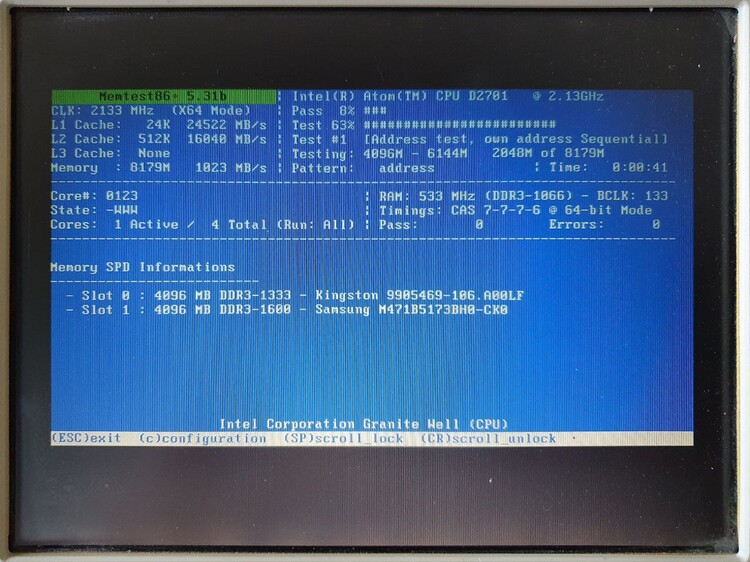
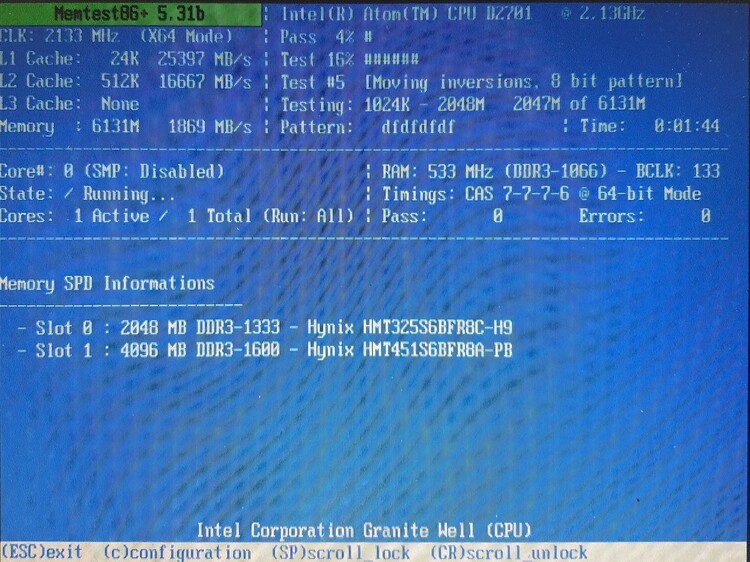
Final configuration for TS-469 Pro. RAMAXEL 2GB 1RX8 PC3-10600S-999 RMT3010KD58E8F-1333 outside:
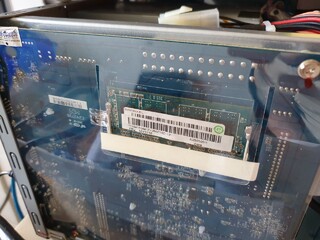
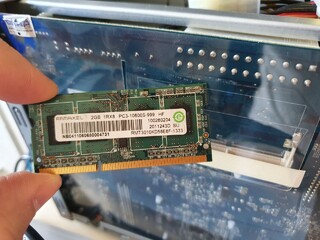
Samsung 4GB 1Rx8 PC3-12800S-11-11-B2 M471B5173BH0-CKO inside:

And the problematic Samsung and Kingston modules go to the Lenovo B590, where they work well on Windows 10 or actually when booted from the same FreeBSD 13 ZFS flash drive that I use for QNAP NAS.
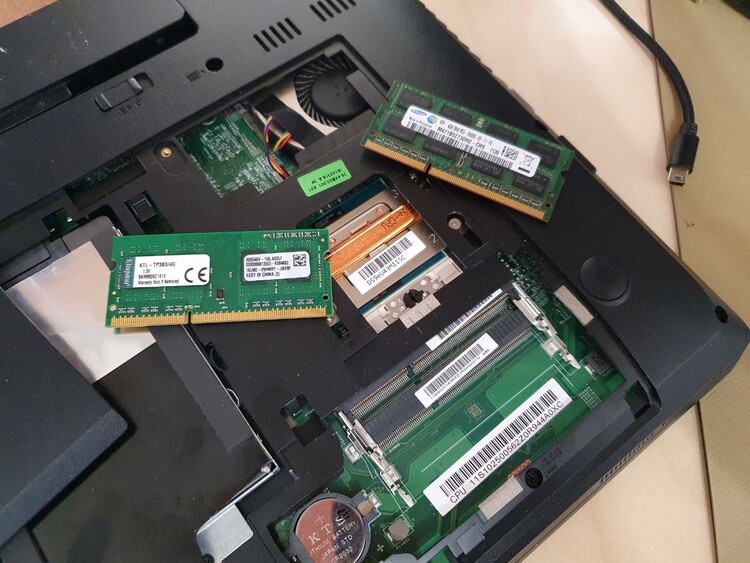
In fact, I also booted from the FreeBSD flash drive on this laptop via a USB 3.0 port and found no problems! So it's all about a combination of specific hardware, RAM modules, operating system. As always…
How much power does your QNAP NAS use?
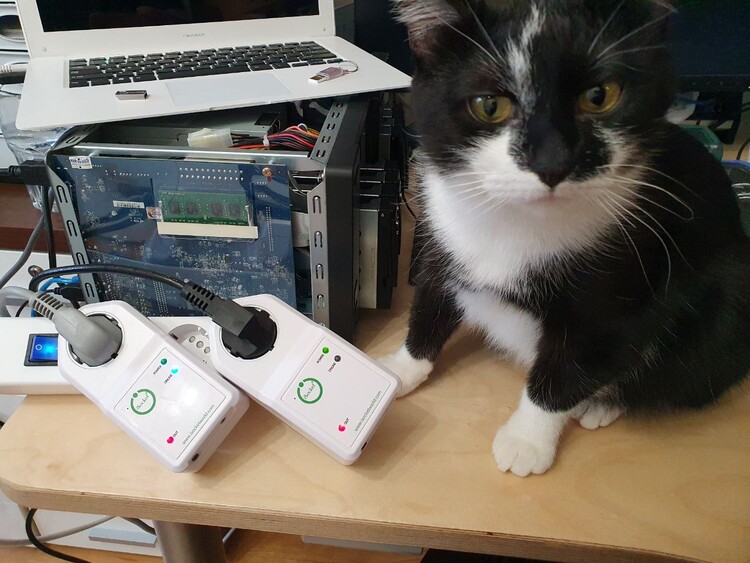
Read another article for detailed QNAP power consumption tests using iSocket. Here I will only briefly mention that without hard drivers they consume only ~ 20W, and with all 4 hard drivers, depending on the modification of the hard drivers, ~ 20-45W and only ~ 1.7W in standby mode.
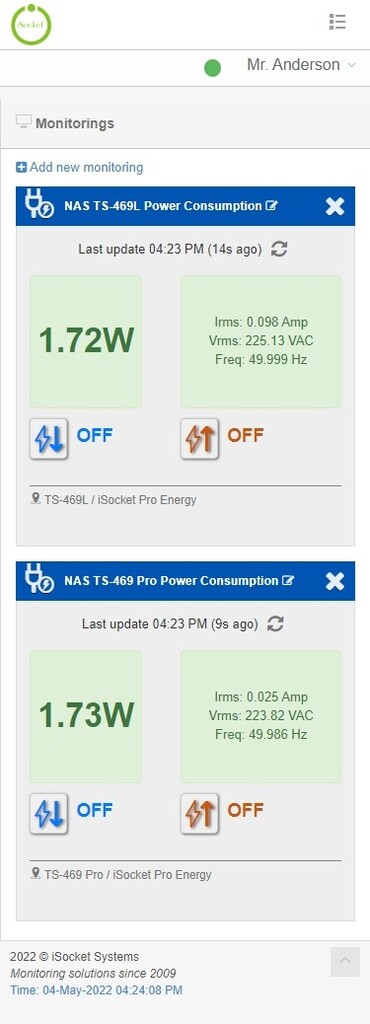
Conclusion
No problems to have 6GB or 8GB at all. Combining modules with different rates also works, with rare exceptions that are more memory related than motherboard. It is better to have several modules for experiments. This NAS is UEFI, it will boot a UEFI system like FreeBSD. You don't need DOM to run your own system from an external USB flash drive.
I post useful information on my blog and share my experience for free. I don't post links to Amazon or anything like that. If my articles educated you, or maybe even helped you earn or save money or find a job, you can buy me a coffee.
